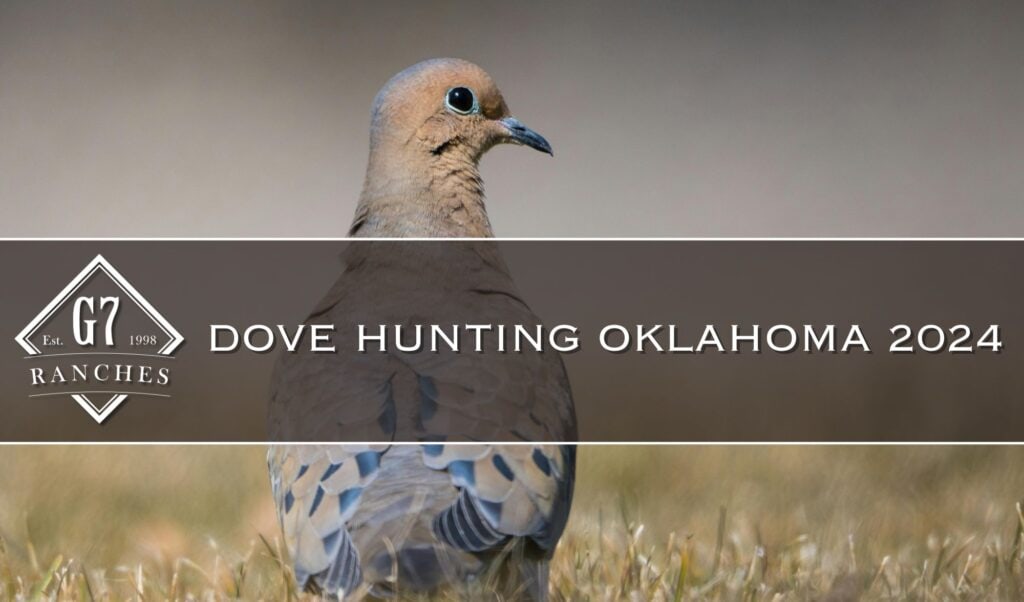Dove hunting is a cherished tradition in Oklahoma, and managing fields specifically for mourning doves can significantly enhance the hunting experience. Mourning doves are North America’s most popular game bird, thriving in open landscapes such as grasslands, shrublands, and croplands. To attract these birds, landowners must focus on both crop selection and landscape management.
Crop Selection and Management
Successful dove field management begins with planting crops that are attractive to doves. Common choices include corn, grain sorghum, sunflowers, and millet. These crops provide a rich source of seeds, which are the primary food for mourning doves throughout the year. However, the availability of these seeds on bare ground is crucial. Doves prefer areas where they can easily forage, and they avoid fields with thick vegetation or heavy ground cover.
To ensure that seeds are accessible, land managers must employ various techniques to reduce ground cover. This includes mowing, disking, and controlled burning. Mowing cuts down tall vegetation, exposing the ground, while disking turns the soil to bring seeds to the surface. Controlled burning can clear large areas of dead plant material, leaving the ground bare and ready for doves to feed. These practices are essential to creating an environment where doves can thrive and are likely to stay during the hunting season.
Field Size and Layout
The size of the dove field is another critical factor. Fields that are 10 to 20 acres in size are ideal, as they attract more doves and can accommodate more hunters safely. Larger fields not only sustain dove populations over longer periods but also provide ample space for hunters to spread out, reducing the risk of accidents. The layout of the field should consider the natural behavior of doves, with open areas for foraging and nearby roosting sites such as trees or power lines.
Water Sources and Habitat Management
In addition to crop management, proximity to water sources can significantly increase dove activity in a field. Doves require standing water, and fields with bare ground around water sources are particularly attractive. Maintaining open areas around these water sources, as well as along field edges, ensures that doves have easy access to both food and water, further encouraging them to remain in the area.
Roosting sites are also important. Doves typically roost in trees, on power lines, or in standing dead trees (snags). Ensuring that these features are present near the dove field can increase the likelihood that doves will use the area, particularly during the early morning and late afternoon when they are most active.
Sustainable Hunting Practices
Managing dove fields isn’t just about creating a good hunting environment; it’s also about promoting sustainable hunting practices. By providing the right habitat and food sources, landowners can help maintain healthy dove populations, ensuring that the tradition of dove hunting can continue for future generations.
In summary, managing a dove field in Oklahoma involves careful crop selection, effective ground management, and the strategic use of natural resources like water and roosting sites. By focusing on these elements, landowners can create a productive and sustainable hunting environment that attracts mourning doves and supports the long-term health of the species. For more detailed information on managing dove fields, visit the full guide provided by Oklahoma State University Extension here.
